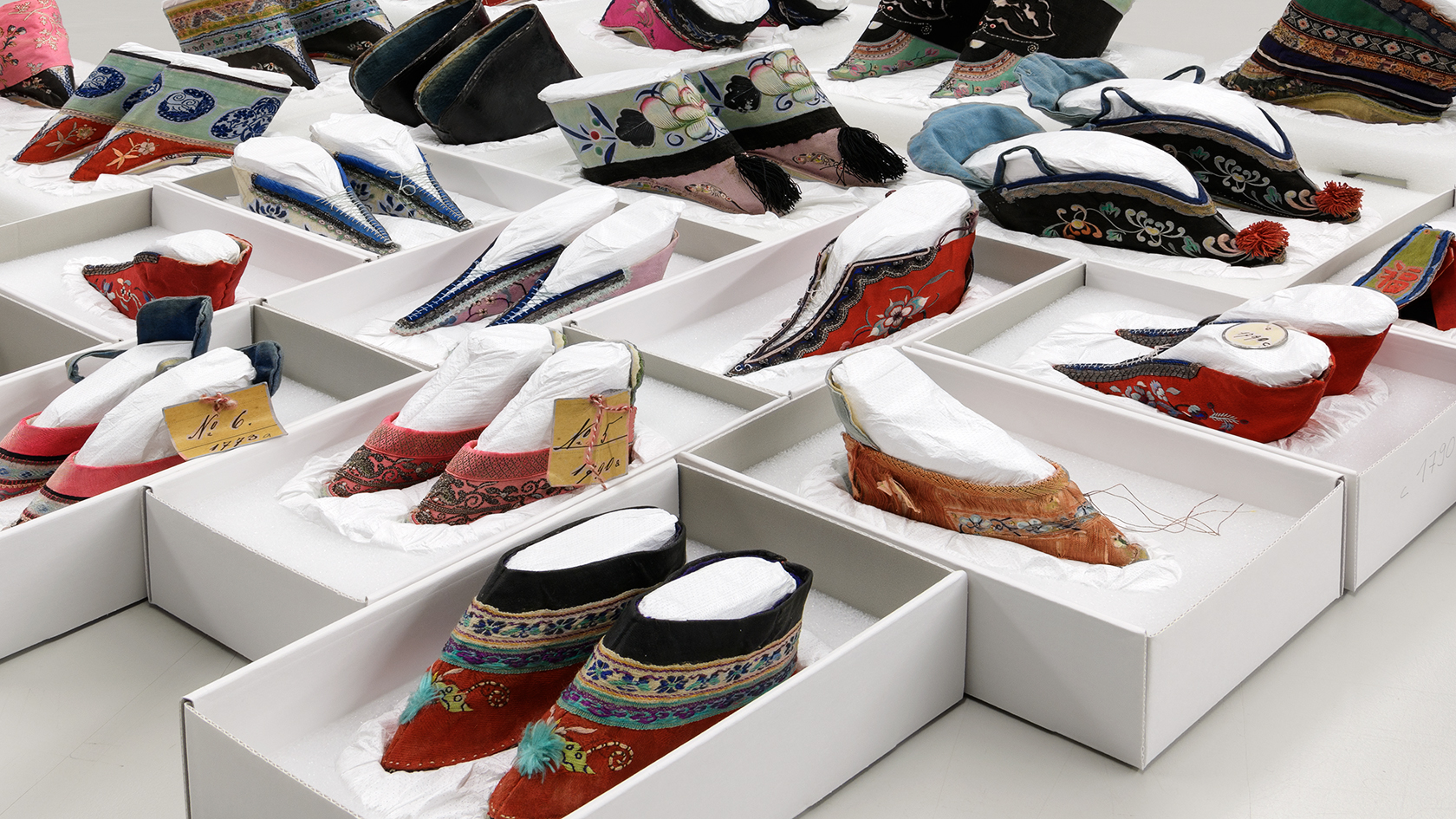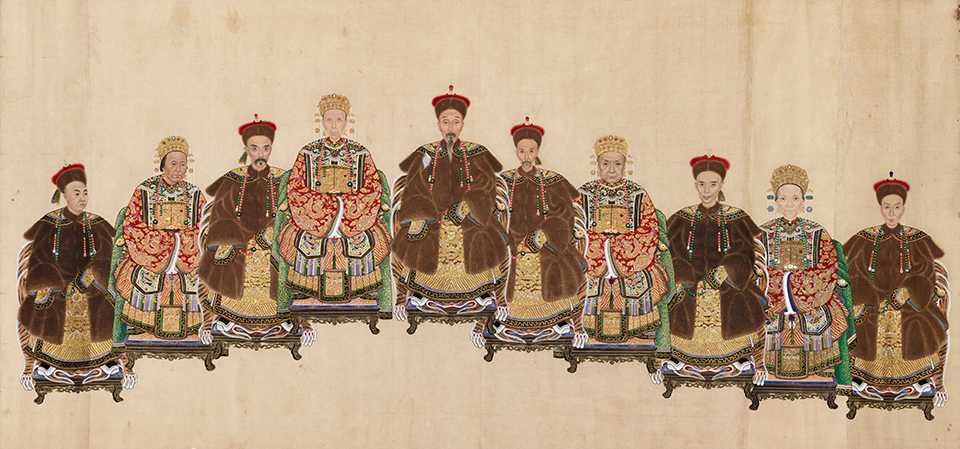Navigation auf uzh.ch
Navigation auf uzh.ch

In the 19th century, many nation states harbored colonial and expansionist ambitions. Unsurprisingly, the vast Chinese Empire figured prominently in many nations’ colonial projects. In 1860, Great Britain forced China to open its ports, which led to an influx of Western military staff as well as missionaries, diplomats and traders. In response to this, the anti-Christian and anti-colonial Yihetuan Movement formed. The members of this movement were referred to in the West as “Boxers”, since many of them practiced Chinese martial arts. The Yihetuan attacked Westerners and besieged churches and foreign legations in Beijing, which prompted a brutal military campaign by an eight-nation alliance of US, Russian, Japanese, British, French, Italian, German and Austro-Hungarian troops. Beijing was invaded, and the city was looted.
At least 100,000 people died during the Boxer Rebellion, and it is estimated that around 80% of the cultural heritage objects in Beijing and its surrounding area were looted or destroyed. The valuable objects, artwork and items of everyday use that were looted were taken to the West, passing through the hands of dealers and ending up in museums and collections across the globe – including Switzerland.
The collection of the Ethnographic Museum at UZH also features fine silk robes, porcelains, bronzes, scroll paintings and shoes for bound feet from China that are very likely to have been looted during the 1900/01 uprising. Mareile Flitsch, the museum’s director and curator of the China collection, therefore decided to organize a workspace exhibition about these objects called “Looted Goods?” (see box). At the same time, she has also submitted a research project at the Swiss Federal Office for Culture that aims to provide an overview of Boxer Rebellion objects held in Switzerland and to verify why and how they ended up in Swiss museums. Her findings will be incorporated into the exhibition on an ongoing basis.
At the beginning of the 20th century, Europe became swept up with a fascination for the Far East, which many people perceived as exotic. Objects stolen from the imperial palace in Beijing were all the rage in Europe. Switzerland, where the public followed the events of the Boxer Rebellion and mostly rooted for the Western allied troops, was no exception. The words “From the looting of Peking” can be found on several inventory cards belonging to objects held by the Ethnographic Museum – a note that at the time was seen more as a mark of authenticity and quality than a flaw.

In 1911, the last emperor of China abdicated, and the country was declared a republic. Chinese imperial uniforms lost their prestige, while the imperial examination and imperial-era orders and technologies became obsolete. Many of the objects that decorated the imperial court and the homes of common people became things of a bygone era. Items of everyday use were sold off, either as antiques or junk, making it more difficult today to distinguish between items that were purchased and those that were plundered.
The remarkably small, pointed shoes, presented in a free-standing display case in the exhibition, are exemplary of the end of the Chinese imperial era. The radical changes reached far into the daily lives of people. Footbinding, the custom of breaking and tightly binding the feet of young girls, was banned, and the dainty shoes were thus no longer needed. Nearly thirty pairs of them are held by the Ethnological Museum alone, and it is still unclear how they were collected.
Ever since the Boxer Rebellion ended, researchers in China have frequently investigated the whereabouts of objects of Chinese cultural heritage. Only very few objects have so far been returned, but recent auctions selling goods that had obviously been looted have caused uproar, both in the Chinese government and among the public. Mareile Flitsch and her team at the Ethnographic Museum are working together with Chinese guest curator Yu Filipiak to investigate the history of objects held in Switzerland and explore their significance for Chinese people today. “We’re unlikely to be able to conclusively determine for all objects whether they were looted in Beijing in 1900,” says the museum director. But she adds that that’s not the only goal. “It’s also about taking responsibility. We must acknowledge that we probably do have looted objects in our museums and collections, and we need to think about what we want to do with them.”